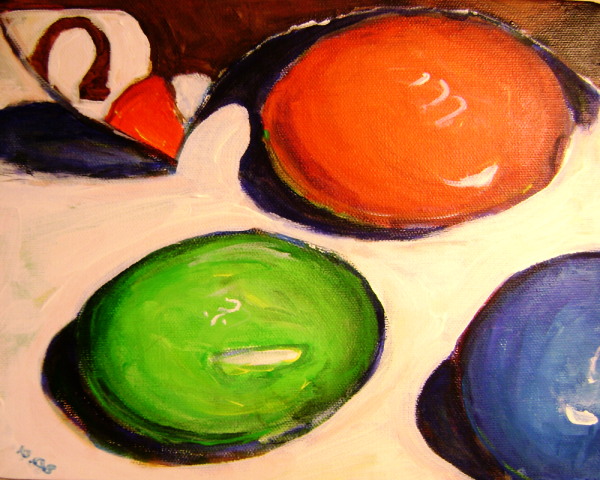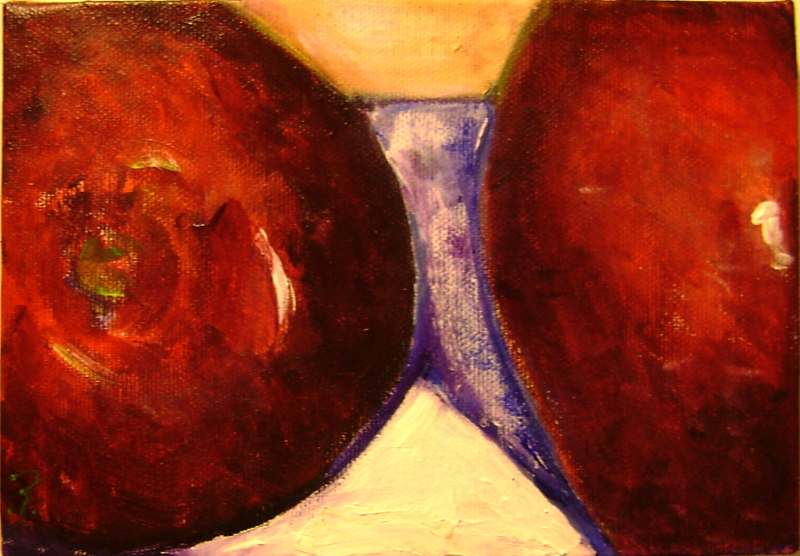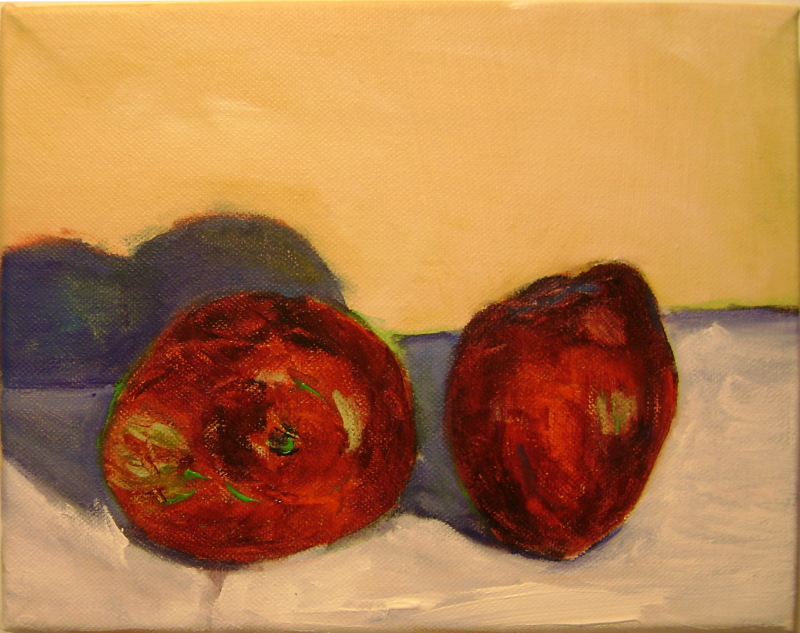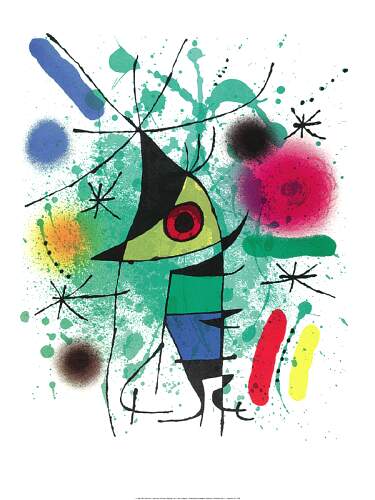Audrey Kawasaki posts some pics from her new group show The Drawing Room on her blog.
The thing that makes the biggest impression on me is the sameness, in theme and style, of the works in the show, which may just be because Audrey Kawasaki curated the show, but I’m thinking, not.
Ms. Kawasaki can draw beautiful women, I’ll give you that, but her style never seems to change, or grow. As for the other artists in the show, well, just look at the pics she shares. I mean there’s nothing wrong with stylistic sameness (for lack of a better word), especially in a group show of like minded painters, but I think this pulls it a little too far. It’s bland, and there’s hardly any fire in it at all. A couple of the artists do stand out some, but, where they do, it’s mostly in using a different technique, and that’s about it.
This is the up and coming of the art world, and they’re making money because they are popular (and good for them I say), but, the question is, why are they popular?
The answer is, one–that they have mastered their technique–beautifully–and two–they use very kitschy themes–beautiful women, cute children, childlike fantasies, etc.. It’s easy on the eyes, and easy on the brain. And people want easy.
This being a good, or bad thing, I suppose, depends on your idea of what art should be.
Let the fireworks begin. 🙂
Category Archives: Art
Joan Miro
I’m thinking that Joan Miro may be becoming my new favorite artist (sorry Pablo). I wish now that I’d had time to visit his museum when I was in Barcelona a couple of years ago. That link above is to a slideshow essay of his work.
Red, Green, Blue–M&Ms

Just about my favorite candy, right there.
Richard Diebenkorn–notes on beginning a painting
- attempt what is not certain. Certainty may or may not come later. It may then be a valuable delusion.
- The pretty, initial position which falls short of completeness is not to be valued—except as a stimulus for further moves.
- Do search. But in order to find other than what is searched for.
- Use and respond to the initial fresh qualities but consider them absolutely expendable
- Don’t “discover” a subject—of any kind.
- Somehow don’t be bored—but if you must, use it in action. Use its destructive potential.
- Mistakes can’t be erased but they move you from your present position.
- Keep thinking about Pollyanna.
- Tolerate chaos.
- Be careful only in a perverse way.
From The Art of Richard Diebenkorn Jane Livingston, etal
2 Delicious 2
Hey how ’bout that. Another apple painting!

2 Delicious
A new apple painting:

Noah Scalin
from SkullADay was on the Martha Stewart show today, promoting his book Skulls! (of which I was one of the lucky winners drawn for the signed copy for my papercraft skull–see my previous post), which looks real nice from the glimpse we got on the show, showing off some of his Skull_A_Day creations, and making skull potoato stamps. Looks like a fun time was had by all. There’s more about his experience on his blog.
Can’t wait to get my copy of the book!
New Painting today–Wolf River
Sculpture is RUDE
Deborah Fisher explains why public sculpture is inherently rude, and argumentative, and why it’s good to challenge our “internal notion of reality”.
A sculpture is this essentially rude thing, whose sole purpose in life is to take up space. It should therefore be unsurprising that public sculpture is, more often than not, the site of outrageous conflict, and that the overwhelming response to that inescapable fact is generally to settle on the most numbingly bland public work possible.
Wreck this Journal Follow up–Finally
I’ve finally posted some pics of my wreck this journal project after 6 months.
I’ve made some good progress, and am about half through the journal. Check out my Wreck this Journal Gallery

